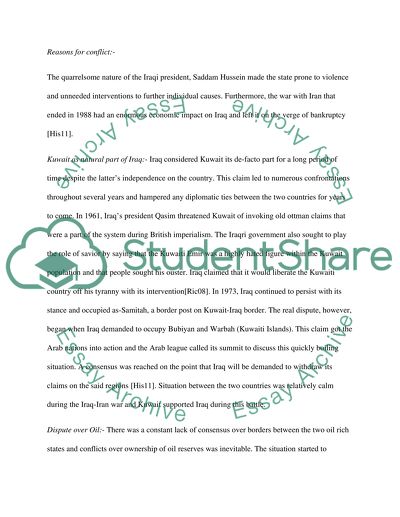Cite this document
(“Gulf War History Research Paper Example | Topics and Well Written Essays - 2000 words”, n.d.)
Retrieved from https://studentshare.org/history/1430432-gulf-war
Retrieved from https://studentshare.org/history/1430432-gulf-war
(Gulf War History Research Paper Example | Topics and Well Written Essays - 2000 Words)
https://studentshare.org/history/1430432-gulf-war.
https://studentshare.org/history/1430432-gulf-war.
“Gulf War History Research Paper Example | Topics and Well Written Essays - 2000 Words”, n.d. https://studentshare.org/history/1430432-gulf-war.


